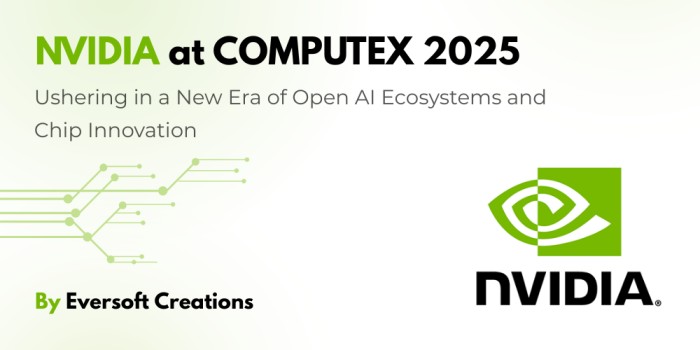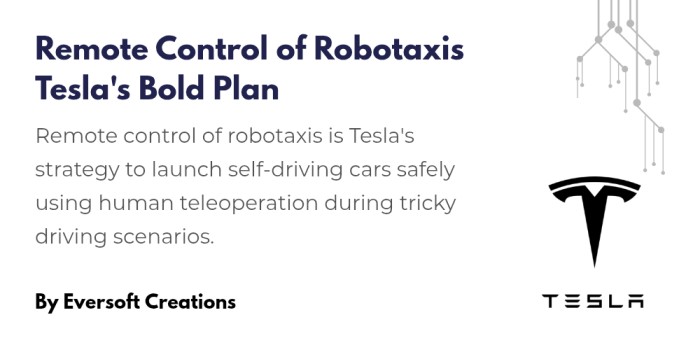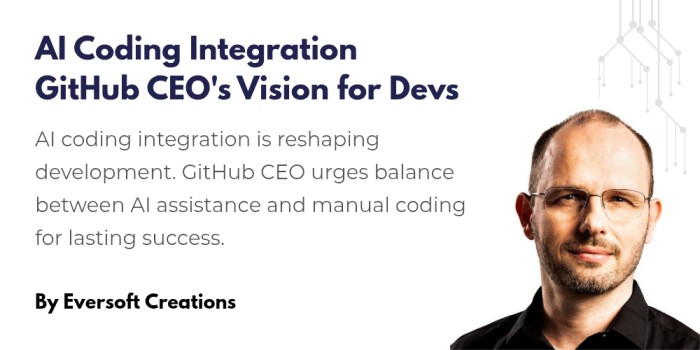Introduction
COMPUTEX 2025 hosted this year’s major innovations by showcasing several new technologies developed by NVIDIA. Under CEO Jensen Huang’s leadership, NVIDIA used the event in Taipei to highlight how AI, chip design and teamwork will develop a better and simpler system for technology. AI leaders feel these announcements are particularly important because they shape the future of computer systems everywhere.
NVLink Fusion, the Lepton software and the Grace Blackwell Superchip are some of the main topics we address in this blog, reflecting the most remarkable NVIDIA achievements at COMPUTEX 2025.
NVLink Fusion: Redefining Chip Collaboration
A huge highlight was the launch of NVLink Fusion. Usually, NVIDIA builds their AI systems around coupling its GPUs with both their own CPUs and software offerings. Nonetheless, NVLink Fusion gives NVIDIA the chance to work with the entire AI community.
This technology enables the combination of GPUs and different CPUs or AI chips from vendors. Fujitsu, Qualcomm, Marvell, MediaTek and Astera Labs are some of the first companies making use of this technology. Therefore, AI platforms and developers are now able to use NVIDIA’s top GPUs together with other leading CPUs or AI accelerators when building their infrastructure.
This trade is seen as a new direction that could affect hardware systems and mark the beginning of more collaborative progress in creating semiconductors.
Lepton: A Marketplace for AI Compute Resources
To handle more demand for AI, NVIDIA revealed Lepton, a platform meant to act as the main place for purchasing AI compute resources. At the moment, obtaining NVIDIA GPUs is not straightforward for developers who are using the latest cloud services.
The goal of Lepton is to establish a single platform where anyone can easily find and rent GPU capacity as needed. It helps make the process of searching for cloud compute resources simpler and automatic.
Notably, Lepton makes NVIDIA’s latest features available to more companies by offering an affordable and scalable solution.
Grace Blackwell Superchip: A Powerhouse for AI Training
Fast processing and a strong connection are crucial when it comes to AI and high-performance computing. Grace Blackwell Superchip is the latest from NVIDIA which combines the company’s new Grace CPU with its Blackwell GPU for a maximum bandwidth of 800 GB/s.
This setup is fully optimized to meet the needs of large AI training. As a result, GPUs are well suited for companies using big machine learning models because they send data quicker with less latency and use less energy.
The new Grace Blackwell Superchip reflects a significant upgrade in AI performance and positions NVIDIA as a forerunner in developing AI hardware.
DGX Spark: Supercomputing at Your Desk
COMPUTEX 2025 also introduced DGX Spark which combines supercomputing with a desktop computer setup. Since AI is making headway across many fields, companies are now putting a stronger emphasis on localized and top-performance computers.
Individual developers, researchers and small teams can use DGX Spark to do complex training, relying less on the cloud for support. As a result, high-end computing can be used on individual computers, possibly making these AI tools more open to everyone and less expensive.
Robotics Innovations: Newton and Groot
NVIDIA also revealed significant advancements in robotics. Two standout developments are:
- Newton: A robotics engine optimized for real-time learning and physical interaction, set to launch in July 2025.
- Groot: A new AI system designed to power humanoid robots with human-like memory and adaptive behaviors.
Because of these inventions, robots will have more opportunities to support healthcare, logistics and customer service.
Strategic Investments in Taiwan
The company announced that it will partner with TSMC and Foxconn to build Taiwan’s first supercomputer for AI. As a result, Taiwan now has a solid place in the world’s tech supply chain. Additionally, the company will create a new regional hub in Taipei.
These steps illustrate the key importance of Asia-Pacific and indicate that NVIDIA wants to empower and involve local communities in research and development.
Conclusion: A Future Powered by Collaboration and Innovation
NVIDIA’s participation at COMPUTEX 2025 is clearing a new path in AI, chip design and computing technology. The company is working towards a smarter and better-connected future by offering new high-end technology such as NVLink Fusion, Lepton and Grace Blackwell Superchip.
They show that NVIDIA is moving from a leader in hardware to supplying all the components for AI systems. NVIDIA’s innovations will likely lead the surge of digital transformation that many industries are about to undergo.
Check back with Eversoft Creations as we track the results of these significant developments in technology around the world.



